I remember my father K. Govindarajulu learning yoga during my boyhood days. He had been a fitness freak then and was a powerlifter while pursuing his engineering programme. Father used to talk about Surya Namaskar regularly. I understood that it was part of Yoga. My friend, Pradeep's father, B. Govindarajulu of Coimbatore was an early Yoga practitioner. He had undergone training in the Bihar School of Yoga (Founded by Satyananda Saraswathi in Munger, Bihar - India) decades ago and has been an adherent to the same. He continued to talk about the goodness of Yoga to all of us during his visits to the Cosmopolitan Club while playing Bridge. Those were days when western education, music and exercises were taking over the society. Every society had its own drawbacks. It was essential to clear the drawbacks and use the good. Unfortunately, every traditional practice was frowned upon. The so called reformers were keen to destroy the good aspects of our tradition. Moral high ground with a halo would just not listen to reason. They did not have complete awareness of the utilitarian value of our traditions. It was like setting fire to a building in order to kill a few rodents.
The few adherents of our tradition, championed it, and ensured that the tradition was preserved. All of us owe a great debt of gratitude to these visionaries who had been endowed with the power of discrimination.
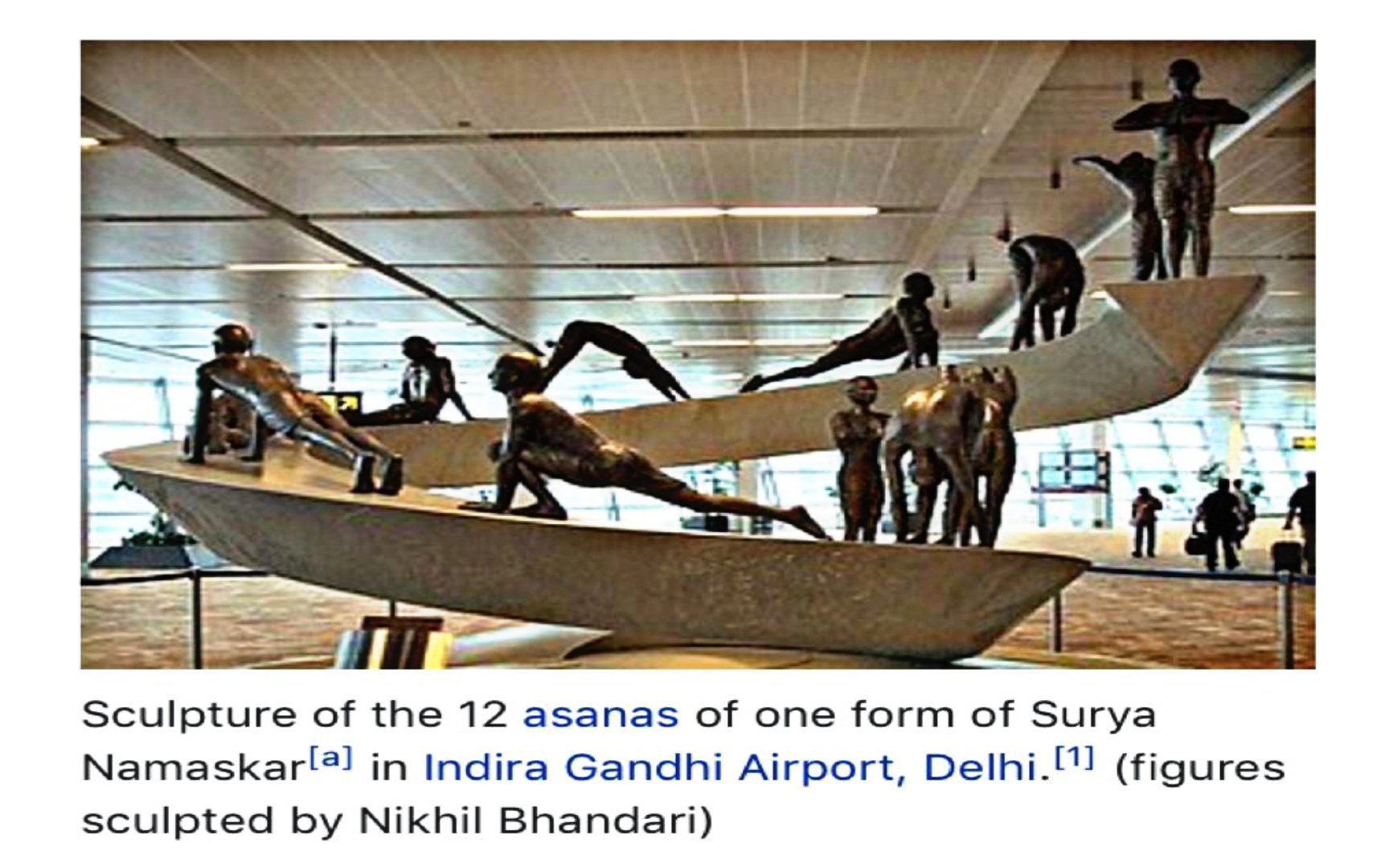
Surya Namaskar, salutations to the Sun, is a flow of sequence involving 12 asanas. According to some sources, this was recorded as part of Yoga in the early part of the twentieth century. These exercises had been used by wrestlers. The basic steps involve moving from a standing position into downward and upward dog poses, then it would be back to the standing positions. Variations are possible and are being practised. These asanas are dedicated to Lord Surya. The positions are associated to mantras. Subsequently, variant sequences have been used to create Chandra Namaskar.
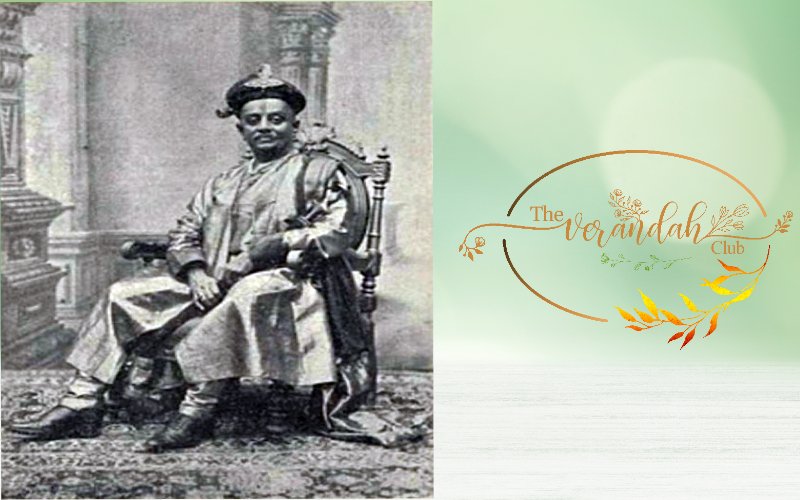
Indian tradition connects Surya Namaskar to the seventeenth century Saint, Samarth Ramdas (1608 - 1681 AD). He was Preceptor of Chhatrapati Shivaji Maharaj (1630 - 1680). However, the ruler of Aundh State, Bhawanrao Shrinivasrao Pant Pratinidhi (1888 - 1951) popularised the name and practice. The Surya Namaskar is described in his book, ‘The Ten Point Way to Health - Surya Namaskar’ (1928). The benevolent Raja had not taken credit for his work, he stated that it was commonplace in Marathi tradition. The Pant Pratinidhis belong to an old lineage and have been connected to the Maratha Empire for centuries. Pratinidhi means Viceroy and the position was higher than the Ashtapradhans or the Peshwa. They belonged to the Maratha Deshastha Brahmin Community like the Saint Jayatirtha , the author of the important Dwaita text, ‘Nyayasudha.’ The Pant Pratinidhis became rulers of Aundh and Vishalgadh after the fall of the Maratha Empire.
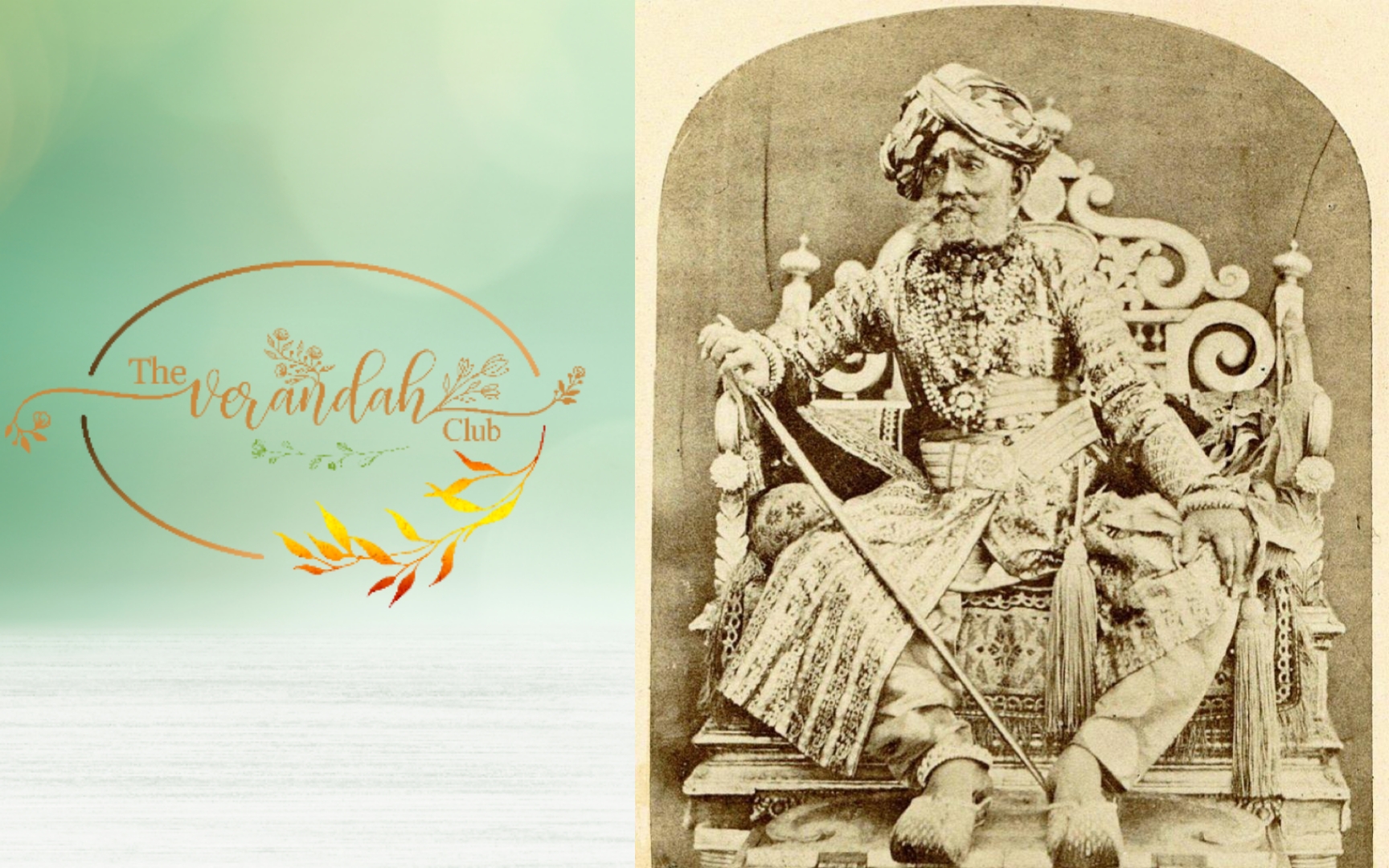
One cannot miss talking about the Aundh Experiment without mentioning Bhawanrao Shrinivasrao Pant. He was a kind ruler and was supportive of the freedom movement. It was rare to see a ruler who supported the freedom movement. The Aundh Experiment was an early test of village level Self-government. It began in 1938. Mahatma Gandhi and Maurice Frydman (Swami Bharatananda: 1901 - 1976) had helped the drafting on the new constitution for Aundh. Maurice Frydman was a Polish engineer. This Jew converted to Hinduism later. Parashuram Appasahib Pant (1912 - 1992), the son of Bhawanrao Shrinivasrao Pant was involved with the Aundh Experiment. Both, father and son hastened to meet Gandhi and the latter went through the document connected with the Self-government of Aundh. Parashuram Appasahib Pant has contributed through the book, ‘Surya Namaskar : An Ancient Indian Tradition.’
It becomes pertinent to understand the essence of the life and times of Bhawanrao Shrinivasrao Pant through his own words (regarding the Aundh Experiment), “We have to urge the people of Aundh to remember always that Government being in control, Self-government implies self-control and self-sacrifice. In the new era that is coming to Aundh, and we hope to the whole of our country, the strong will serve the weak, the wealthy will serve the poor, the learned will serve the illiterate. Self-government without this spirit of service and sacrifice is bound to decay into some form or other of exploitation.” Marvellous words. It is definitely an outcome of good practises like Yoga.
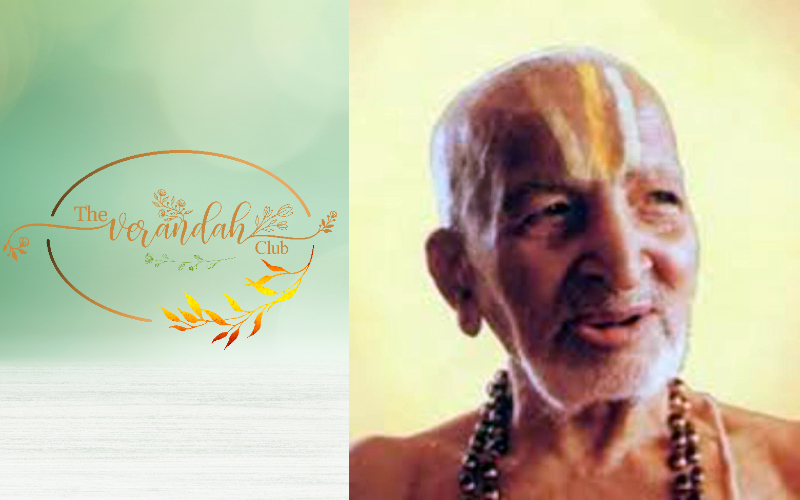
Modern day Yoga teachers like Malcum Marolia, second the above opinion. The approach to Yoga and the breath has to stay with the aspirant, not just during practice but through life itself and in everything that is done. His student, Chetan Vohra, the creator of the cartoon series, ‘Sochu’ states, “My teacher always said that one should practice Yoga, not to become better at Yoga, but to become better at everything else.” The life and work of His Highness Bhawanrao Shrinivasrao Pant of Aundh epitomises this principle.
The yoga scholar-practitioner, Norman E Sjoman suggested that Krishnamacharya (1888 - 1989), the father of modern yoga, used the traditional and very old Indian wrestling exercises called Danda, described in the 1896, ‘Vyayana Dipika,’ as the basis for the sequence and for his transitioning Vinyasas. Different Dands closely resemble the Surya Namaskar Asanas. Krishnamacharya was aware of the Surya Namaskar since regular classes were held in the hall adjacent to the Yogasala in the Mysore Maharaja's Palace. His students, K. Pattabhi Jois (1915 - 2009), who created modern day Ashtanga Vinyasa Yoga and B. K. S. Iyengar (1918 - 2014) who created Iyengar Yoga, both learnt Surya Namaskar and flowing Vinyasa movements between Asanas from Krishnamacharya and used it in their style of Yoga.
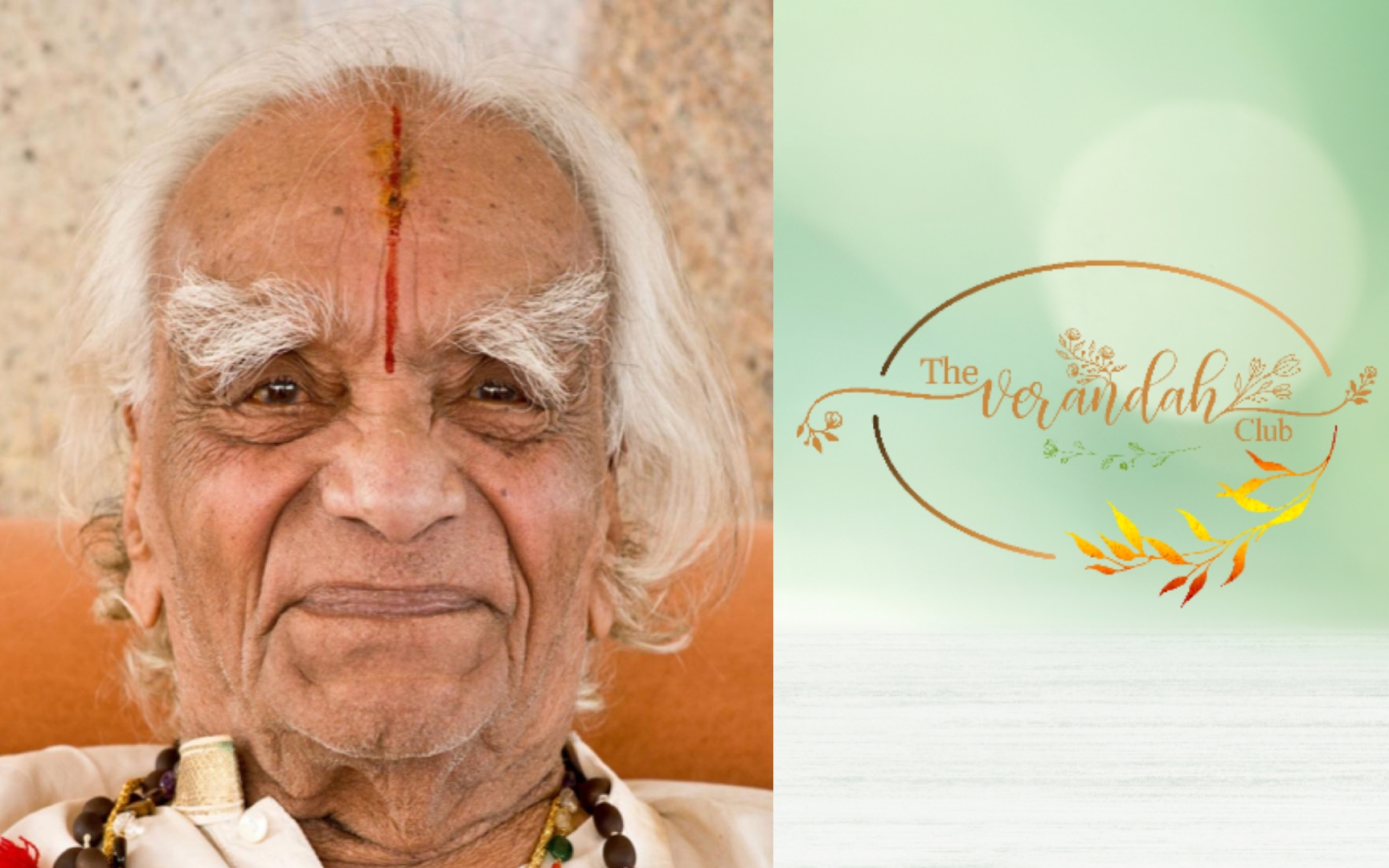
Norman E Sjoman is the author of the book, ‘The Yoga tradition of the Mysore Palace’ (1996). This contains the yoga section of Srittavanidhi , a 19th century treatise by Maharaja of Mysore, His Highness Krishnaraja Wodeyar III (1794 - 1868). This book is an original view on the history and development of the teaching tradition behind modern asanas. Sritattvanidhi contained diagrams of 122 Yoga asanas.
Modern yoga-historian, Elliot Goldberg writes that Vishnudevananda's book (1927 - 1993), ‘The Complete Illustrated Book of Yoga’ (1960) proclaimed in print a new utilitarian concept of Surya Namaskar which his Guru Sivananda (1887 - 1963) had promoted as a health cure through sunlight. In some Yoga traditions, each step of the sequence is associated with a Mantra, in traditions including Sivananda Yoga, the steps are linked with 12 names of Lord Surya.
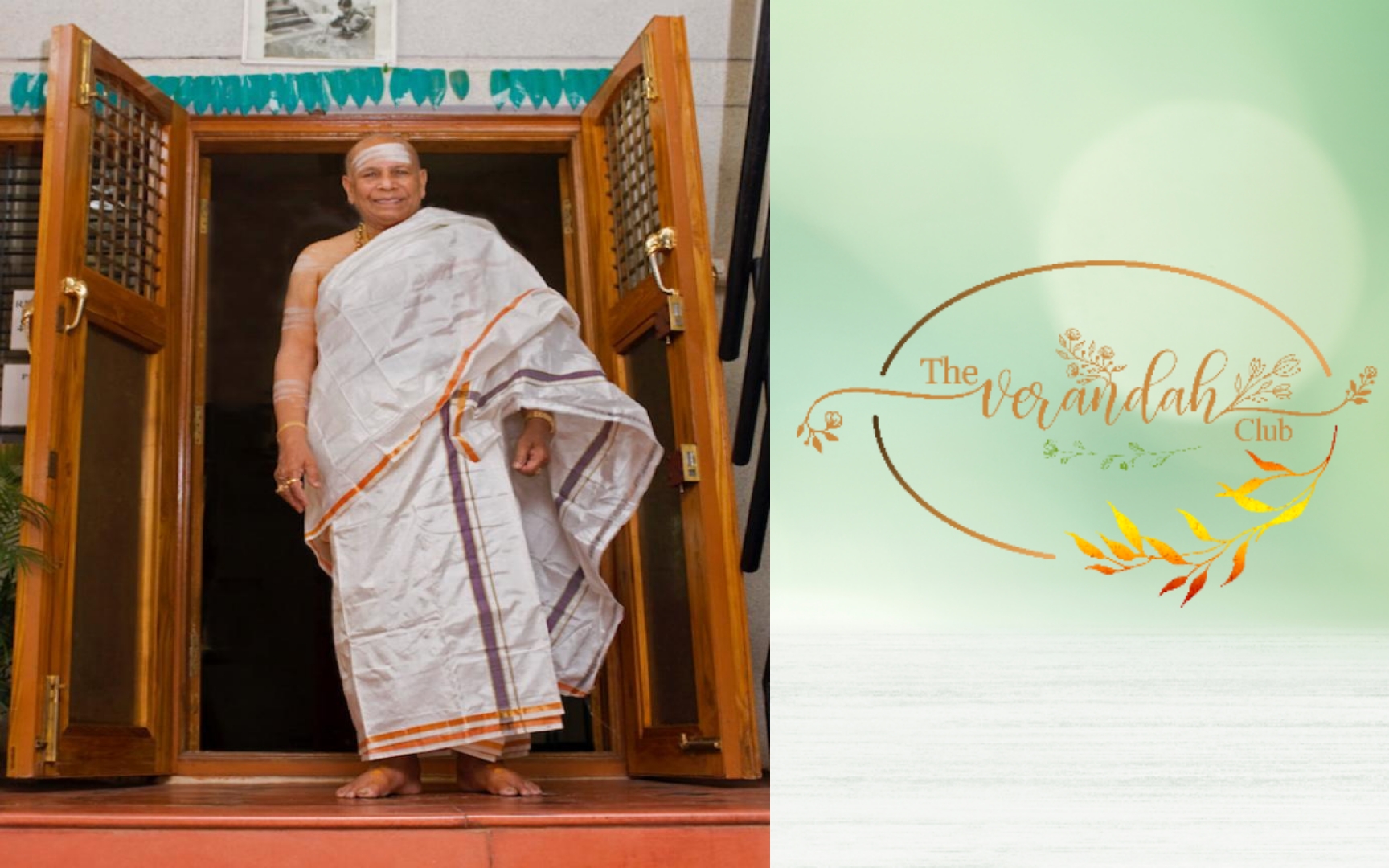
The year 2019 was historic with regard to Surya Namaskar. This happened on the occasion of the 73rd Independence day of India. The Himalayan Mountaineering Institute (HMI), Darjeeling (West Bengal) had organised a mountaineering expedition and set a world record wherein, 8 instructors of HMI performed the full sequence of Surya Namaskar atop Elbrus Mountain (the highest peak in the European Continent located at a height of 18600 feet & 5700 metres) and set a new world record on 15/8/2019. The team was led by Gp Captain, Jai Kishan, Principal of HMI and comprised of Subedar Devi Singh, Havaldar Gajay Singh, Aditya Mukhiya, Panasang Tenzing Sherpa, Umang Mukhiya and Ghatraj Roshan.
The International Yoga Day efforts have added to the health and also commerce of India. Cultural Commerce is growing these days. Hats off to ancient Bharatiya traditions like SURYA NAMASKAR.
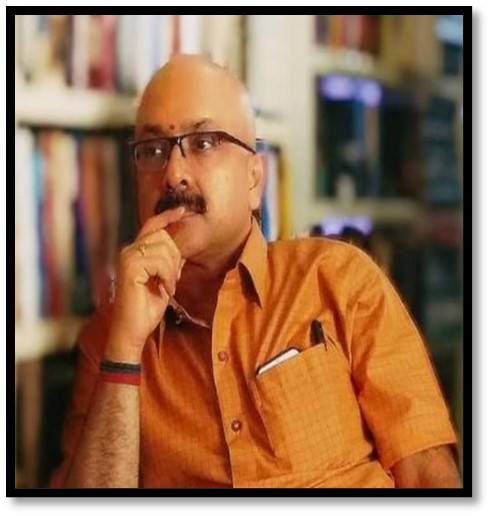
Mr. Rajesh Govindarajulu is one of the founding members of the Verandah Club Pvt. Ltd. He is a leading columnist, historian, jeweler, entrepreneur, and a heritage enthusiast who is earnestly working to revive the past in the light of the present. Experiential learning about the history of Coimbatore is his main course of interest and he is also a panel member of many colleges in the city.
NEXT ARTICLE
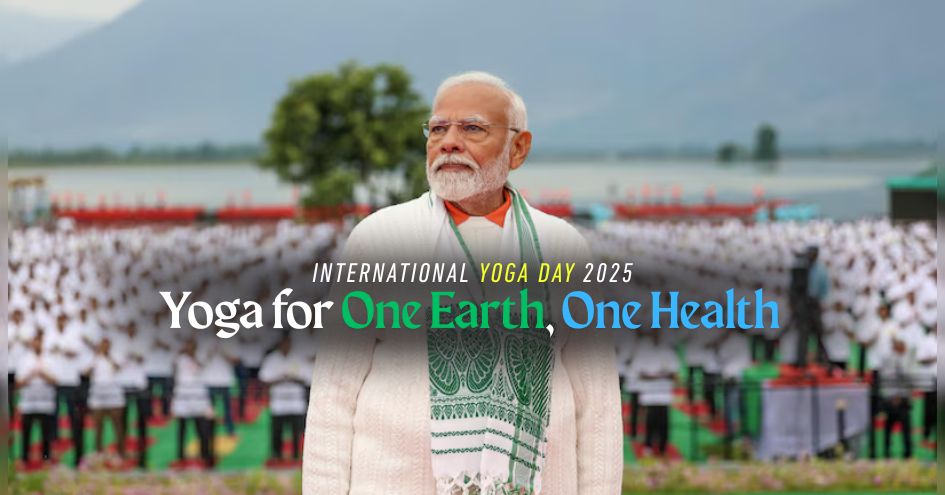
Earlier this year in March, Prime Minister Narendra Modi formally declared "Yoga for One Earth, One Health" as the theme for International Yoga Day 20...